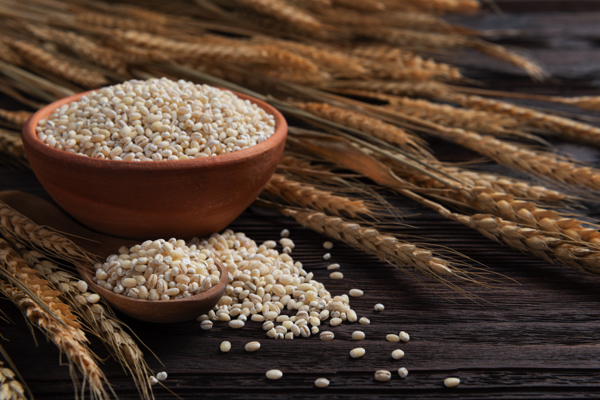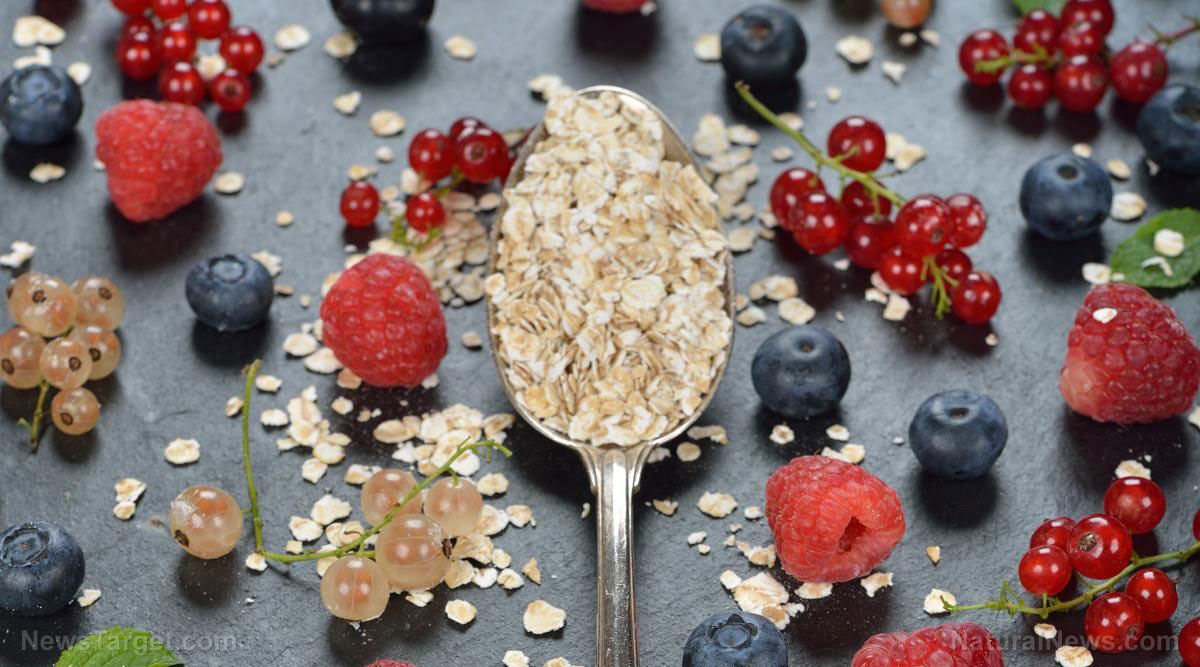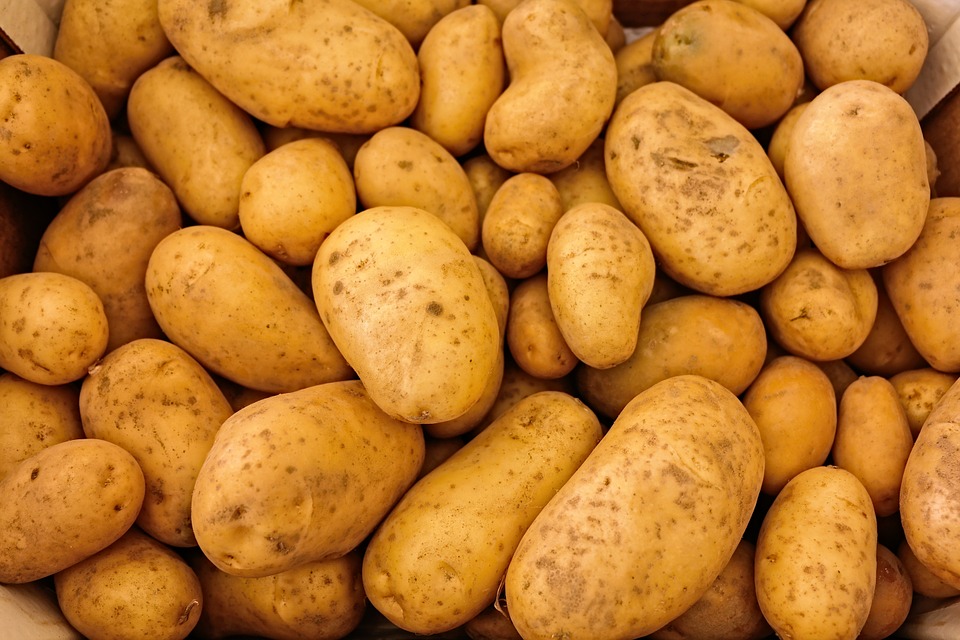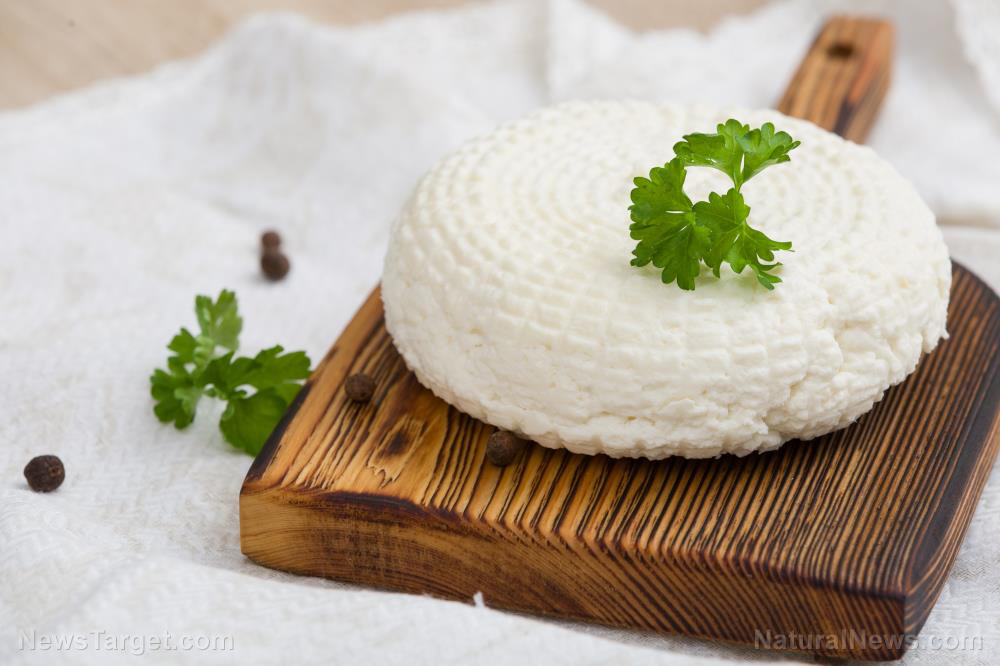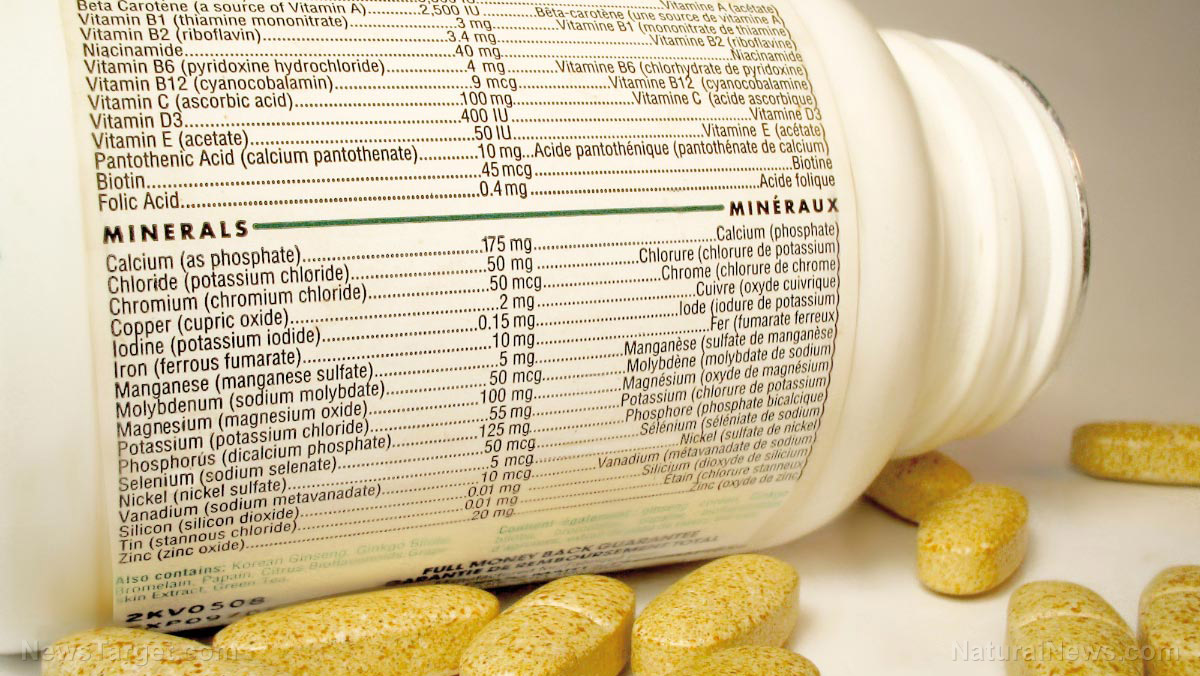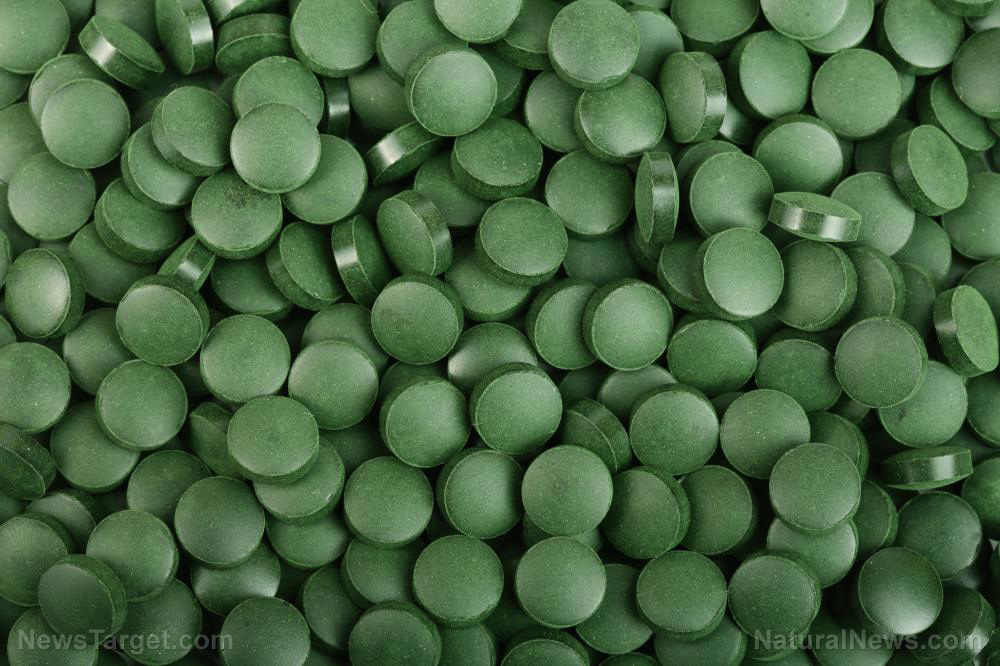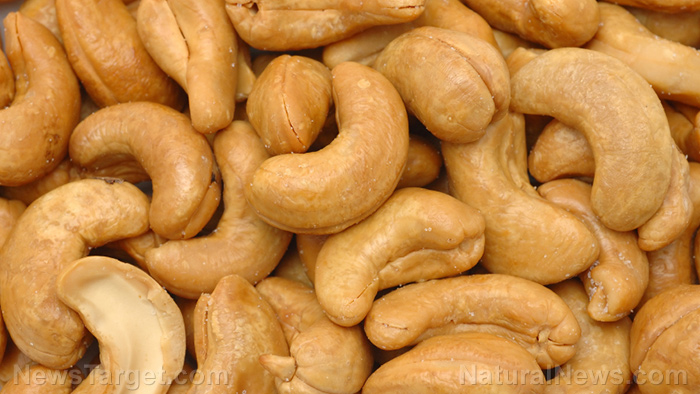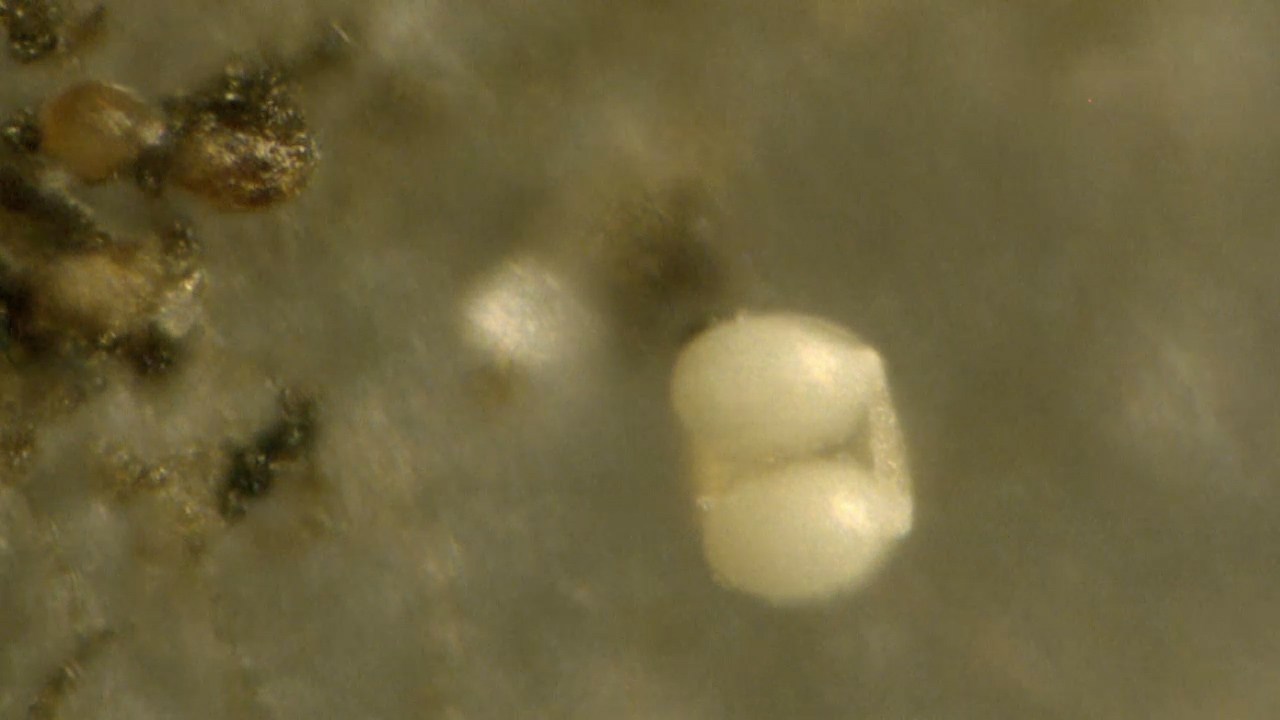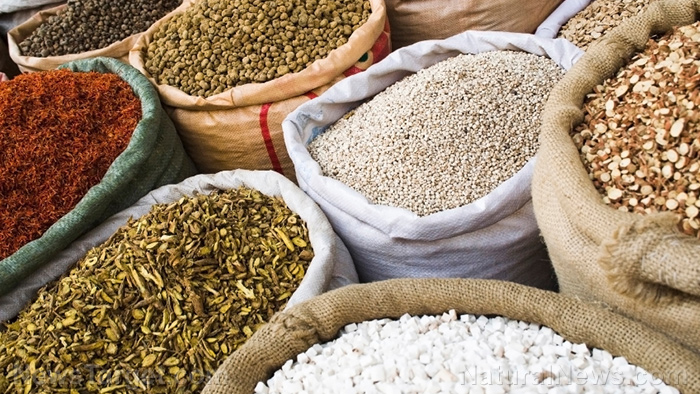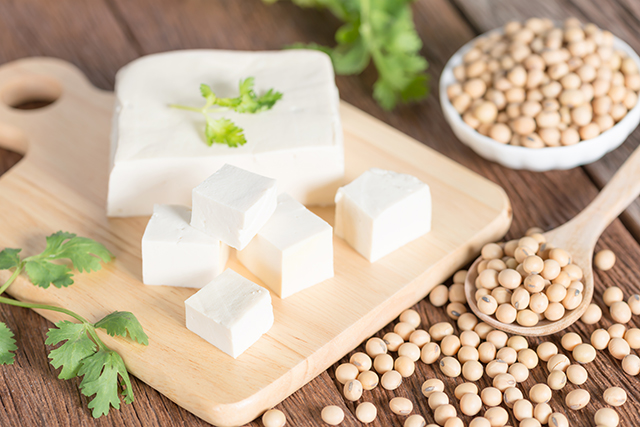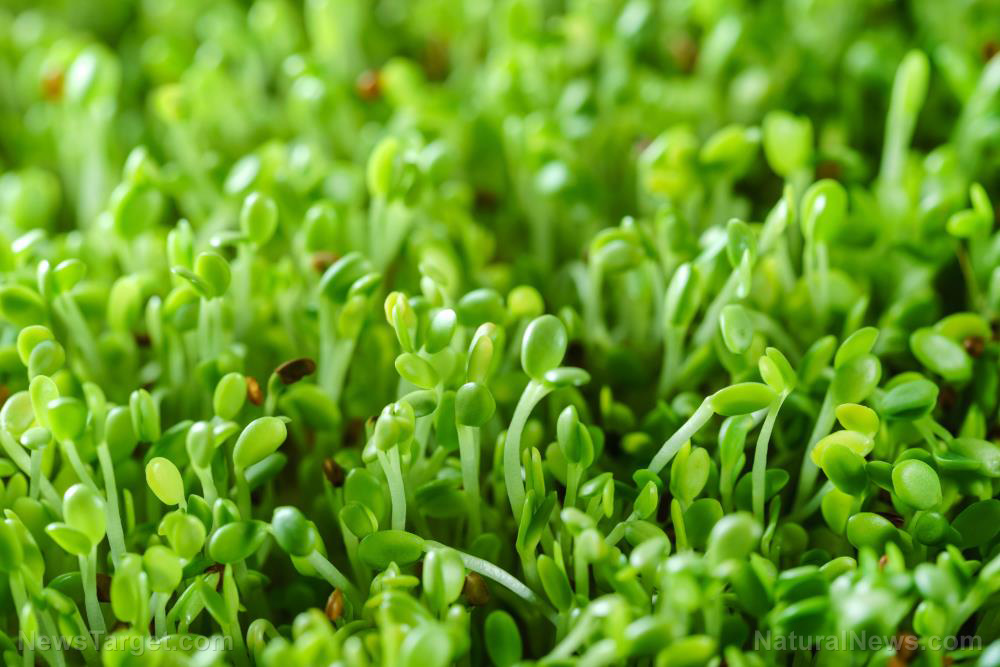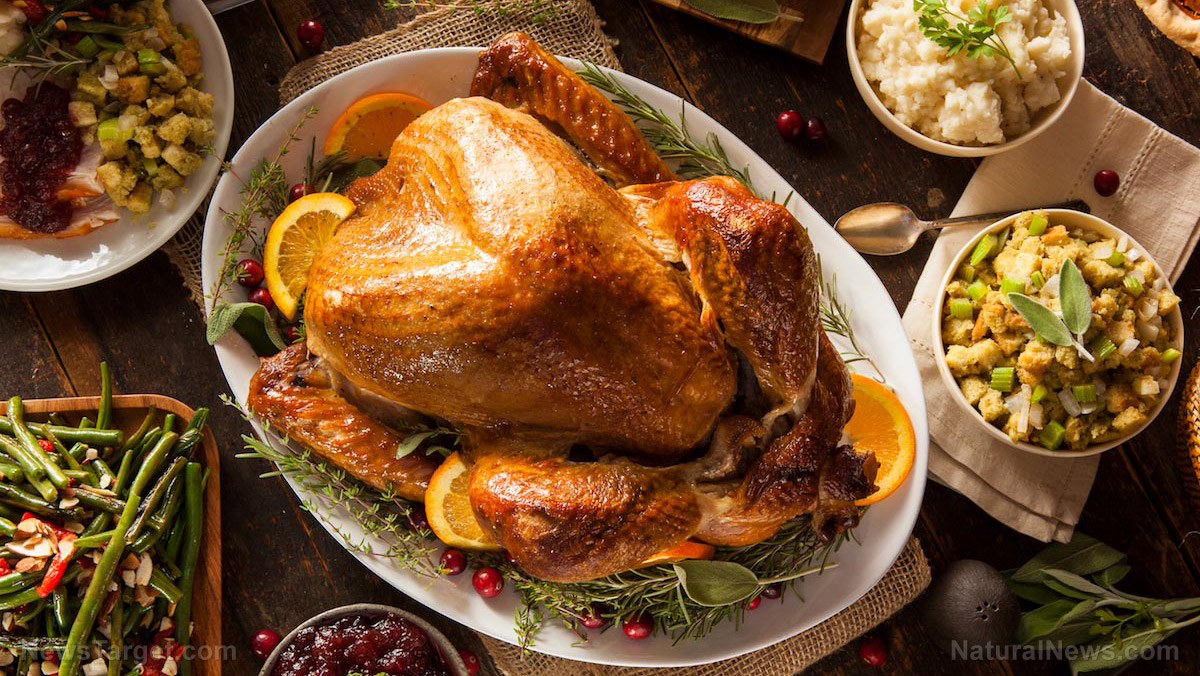Seitan: A protein-packed superfood you need to try
04/10/2025 / By Laura Harris
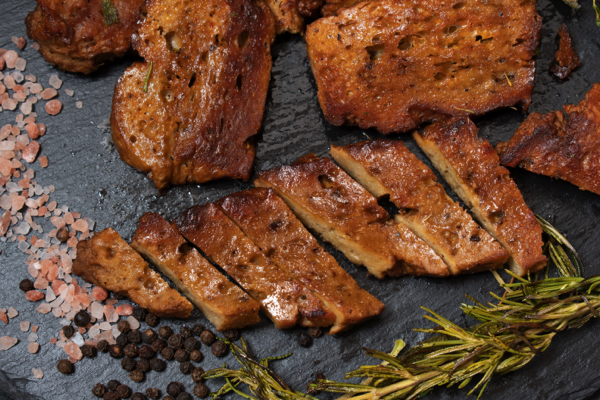
- Made from wheat gluten, seitan is a high-protein, plant-based meat substitute with a meat-like texture.
- It originated in China over 1,000 years ago as a Buddhist vegetarian protein. The term “seitan” was coined in Japan in 1961, and the food was later introduced to the West.
- High in protein (25 g per 100 g), iron and selenium, seitan is an excellent source of nutrients but lacks lysine, an essential amino acid, making it an incomplete protein. It is also low in fat and carbs but contains no fiber.
- Seitan is not gluten-free, making it unsuitable for celiacs and gluten-sensitive individuals. Choosing organic seitan can help reduce your exposure to pesticides and heavy metals.
- A versatile ingredient in stir-fries, sandwiches, stews and vegan BBQ, seitan can mimic chicken, beef and other meats.
In the ever-evolving world of plant-based nutrition, seitan has emerged as a favorite among vegans, vegetarians and even meat-eaters looking for a high-protein alternative to meat. But what exactly is seitan, and is it as nutritious as it is made out to be?
Ancient roots and modern revival
Seitan (pronounced say-tan) is a plant-based protein made from gluten, the main protein found in wheat. When wheat flour is rinsed, the starch is removed, leaving behind a dense, elastic gluten mass that can be shaped, seasoned and cooked into meat-like textures. (Related: Turn any meat or dairy dish into a healthy plant-based alternative.)
Its origins can be traced back over 1,000 years to ancient China, where it was developed by Buddhist monks as a vegetarian protein source. Known as miàn j?n or “wheat gluten,” it has become a staple in East Asian temple cuisine.
The term seitan was first coined in 1961 by George Ohsawa, a proponent of the macrobiotic diet. Ohsawa learned about the food from one of his students, Kiyoshi Mokutani.
In 1962, the Japanese company Marushima Shoyu K.K. began selling wheat gluten under the name seitan. The product was later introduced to the Western market in 1969 by the American company Erewhon, which imported it under the same name.
Nutritional value and considerations
Seitan is prized for its high protein content, making it a favorite among athletes and those on plant-based diets. Here’s what a 3.5-ounce (100 grams, g) serving typically provides:
- 25 g of protein (comparable to chicken or beef)
- 15 percent of the Daily Value (DV) for iron
- 16 percent of the DV for selenium (supports thyroid function)
- Small amounts of calcium and phosphorus (supports bone health)
- Only 2 g of fat and 4 g of carbs
However, seitan is not a complete protein as it lacks lysine, an essential amino acid. Pairing it with legumes, quinoa or nutritional yeast can help complete your essential amino acid intake.
Seitan is generally considered a healthy food, but there are a few factors to keep in mind. On the positive side, it serves as an excellent protein source for muscle building, is low in fat and carbohydrates and has a versatile texture that can mimic meat in various dishes.
However, there are some drawbacks to consider. Since seitan is made from wheat gluten, it is not gluten-free and is unsuitable for individuals with celiac disease or gluten sensitivity. Additionally, unlike whole grains or legumes, seitan lacks fiber, and some commercial brands may contain additives, so it’s important to check labels carefully when shopping for seitan.
Since seitan is derived from wheat, opting for organic varieties is highly recommended to reduce exposure to potentially harmful substances. Glyphosate, a widely used herbicide associated with serious health risks, is frequently detected in conventionally grown wheat.
While seitan itself isn’t a significant source of heavy metals, wheat can absorb contaminants like cadmium and arsenic from the soil. Organic farming practices help mitigate this risk. For the healthiest seitan with the best quality, look for organic, non-GMO products or consider making homemade seitan so you can have full control over the ingredients.
Culinary uses and recipes
Seitan’s chewy, meat-like texture makes it perfect for the following dishes:
- Stir-fries (replace chicken or beef)
- Sandwiches and wraps (sliced as deli meat)
- Stews and curries (absorbs flavors well)
- Grilled or fried (as kebabs, nuggets or burgers)
A popular meat alternative, you can use seitan to make the following plant-based dishes:
- Seitan “chicken” stir-fry – Seitan marinated in soy sauce, garlic and ginger.
- Vegan BBQ ribs – Seitan slow-cooked with smoky barbecue sauce.
- Seitan gyros – Spiced seitan sliced for Mediterranean wraps.
- Seitan “beef” stew – Seitan simmered with vegetables and red wine.
- Fried “chicken” seitan – Seitan breaded and air-fried for a crispy treat.
This story is not medical advice and is not intended to treat or cure any disease. Always consult with a qualified naturopathic physician for personalized advice about your specific health situation or concern.
Visit NaturalNews.com, a great article source where you can learn about superfoods and their health benefits.
You can also try Brighteon.ai, an AI model created by Mike Adams, also known as the Health Ranger. This model is available as a free download to be run locally and is designed to help share and decentralize knowledge. By doing so, it aims to bypass censorship and empower people with knowledge.
If you’re looking for an uncensored video free speech website where you can openly discuss nutrition, natural medicine, ingredients and more, check out Brighteon.com and our two free speech social media sites, Brighteon.IO and Brighteon.social.
Watch this video to learn how to make this delicious and nutritious vegan seitan steak (wheat meat) recipe.
This video is from the PatchSDA channel on Brighteon.com.
More related stories:
Scientists propose new fiber classification to optimize gut health and address global fiber gap.
Sources include:
Submit a correction >>
Tagged Under:
#nutrition, fake meat, food science, functional food, health science, meat alternative, natural health, natural ingredients, nutrients, plant protein, recipes, seitan, vegan, vegan protein, vegetarian, wheat gluten
This article may contain statements that reflect the opinion of the author
RECENT NEWS & ARTICLES
COPYRIGHT © 2017 NUTRIENTS NEWS

